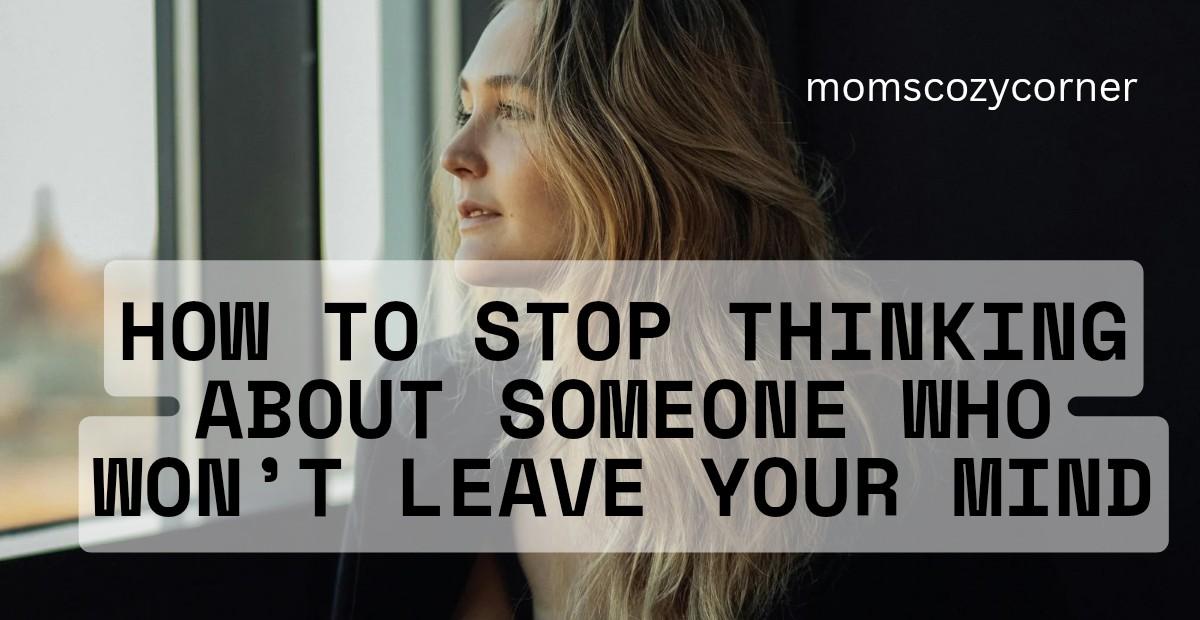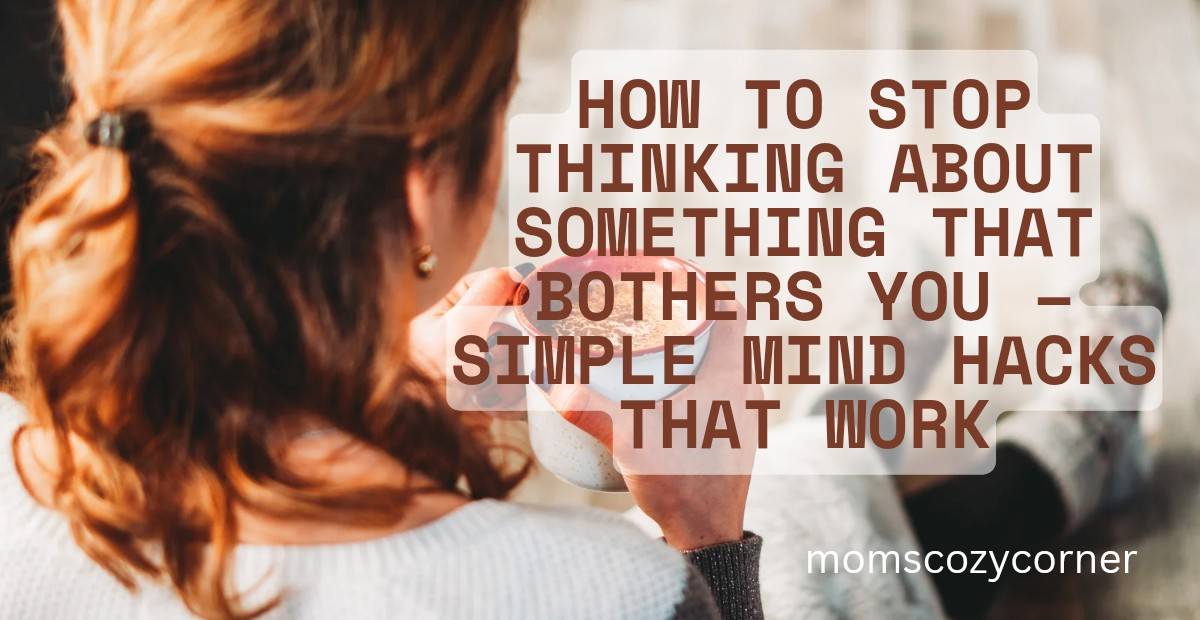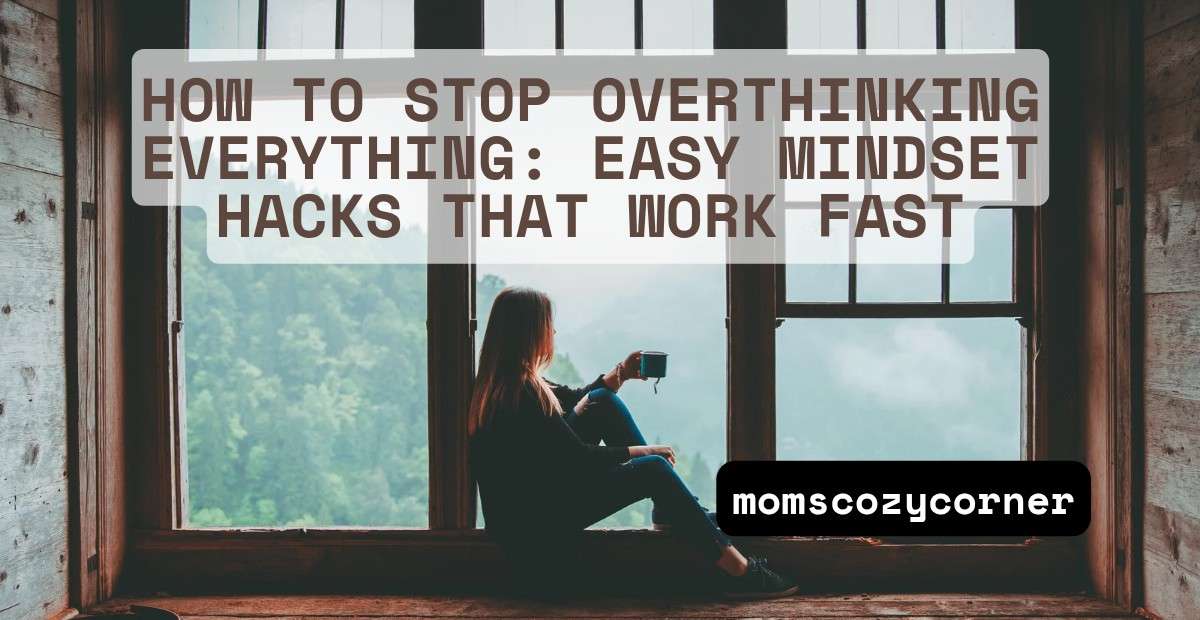How to Help Kindergartener with Separation Anxiety with Ease
Introduction
If you’re trying to help your kindergartener with separation anxiety, these real-mom-tested strategies will make drop-offs smoother.
I knew the first day might be rough, but I wasn’t ready for the full-on waterworks.
One second, my little one was excited about her new backpack. The next, she was wrapped around my leg, sobbing, “Don’t go, Mama!” like her world was ending.
Meanwhile, other kids walked in like pros while I held back my own tears.
Fast-forward a few weeks—now my kid barely waves goodbye. What changed? A whole lot of trial and error.
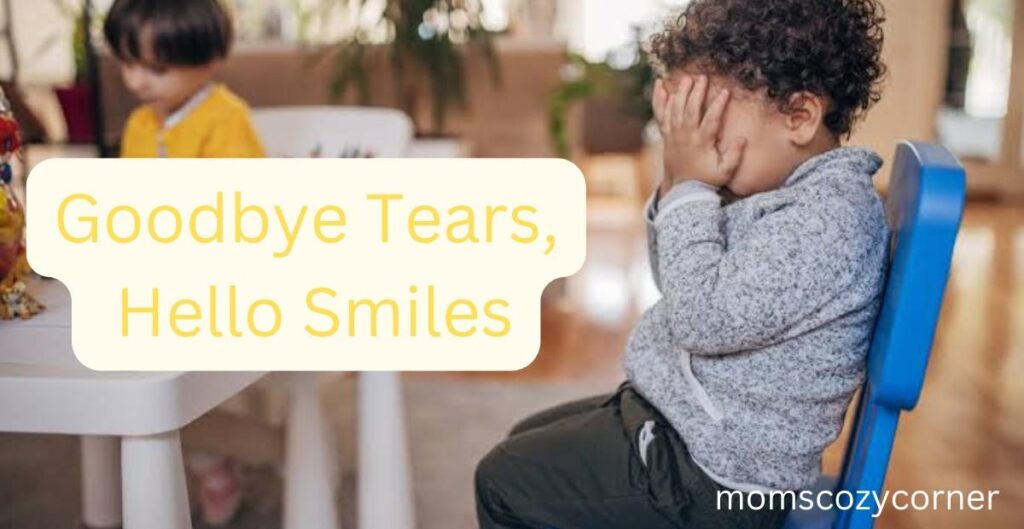
The Faster, the Better
At first, I made the classic mistake—I lingered. I whispered reassurances. I rubbed her back. Spoiler alert: that just made it worse.
Then a teacher gave me the best advice: Give a hug, a quick “Love you! Have fun!” and leave.
It felt so wrong. But guess what? The moment I was out of sight, she was fine. They always are.
A Goodbye Routine That Felt Like a Game
Kids love routine, so we made up a silly goodbye ritual:
Two high-fives
A nose boop
A “See ya later, alligator!”
That tiny moment of fun made the transition smoother. Some other ideas:
- Draw a heart on their wrist (they can press it when they miss you).
- Slip a tiny note or sticker in their lunchbox.
- Create a special phrase just for them.
Simple but gold.
Talking Less About the Hard Stuff
I thought bringing up her fears would help. Instead, it just made her dwell on them.
So I flipped the script. Instead of: “Are you nervous about school?”
I’d say:
- “I bet you’ll do something fun in art class today!”
- “Can’t wait to hear about recess!”
Less pressure, more excitement.
Comfort Items Are a Lifesaver (But Be Sneaky)
I put a tiny family photo in her backpack. Did she ever take it out? Nope. But knowing it was there helped.
Other ideas? A favorite hair clip, a small keychain, or a “magic” rock they can rub when they miss home.
(Pro tip: Do not send their favorite stuffed animal. That thing will get lost.)
Hiding My Own Mom Guilt
The hardest part? Acting cool when I wanted to cry too.
Kids mirror us. If I looked nervous, she knew. So I forced a big, confident smile, even when my heart was breaking.
Instead of:
“I know this is scary.”
I crouched down, met her eyes, and grinned. “Guess what? Today’s going to be awesome!” I had to sell it—even if a part of me wasn’t so sure.
Same Routine, Every Morning
One day, I tried switching things up, thinking she was fine now. Nope—full meltdown.
So we stuck to the same pattern: wake up, breakfast, shoes on, quick goodbye. Keeping things predictable helped so much.
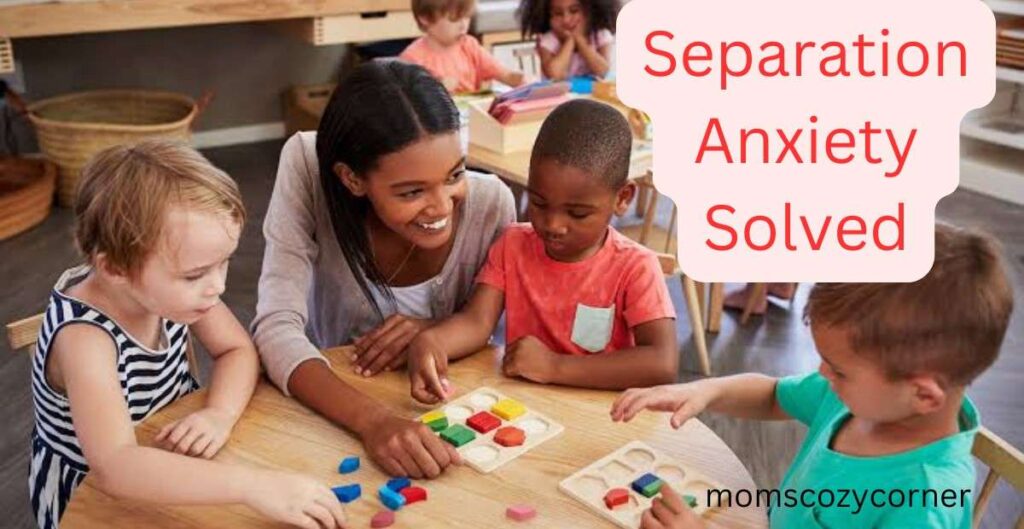
What If Your Kindergartener Still Struggles with Separation Anxiety?
If weeks go by and your little one still hates drop-offs, try:
- Talking to their teacher (they’ve seen it all).
- Practicing short separations (playdates, grandparents, etc.)
- Reassuring them, but not making a huge deal out of it.
Some kids just take longer. And that’s okay.
Final Mom Pep Talk
Separation anxiety can be challenging, but with a steady routine and reassurance, you can help your kindergartener with separation anxiety feel more at ease over. And as parents, we’re always learning how to support them in the best way possible. If you’re wondering what truly makes a good parent, this article WHAT MAKES A PARENT A GOOD PARENT dives into the heart of it.
One day, they’ll run into school without looking back! If you’ve ever wondered why school plays such a big role in their development, this article WHY DO KIDS HAVE TO GO TO SCHOOL dives into why kids need to go to school.
And weirdly? You might even miss the clingy drop-offs.
For now? Deep breaths. Big smiles. You’ve got this.


